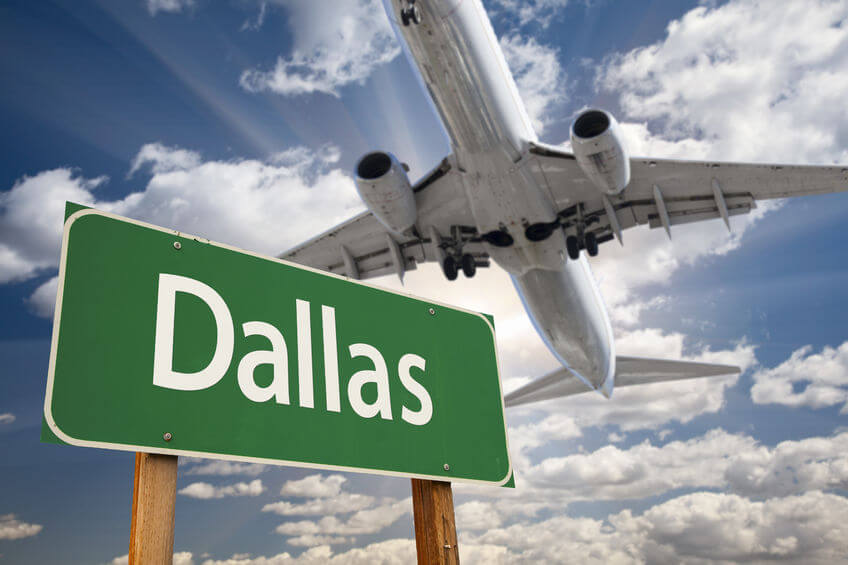
How Did the Ebola Virus Get to the United States?
A Liberian man has become the first person to be diagnosed with the deadly Ebola virus on U.S. soil, marking a significant development in the 2014 Ebola outbreak, which until this point had been contained to several countries in West Africa. Liberian national Thomas Eric Duncan tested positive for Ebola in Dallas, Texas, on September 30, 2014. He had arrived in Dallas on September 20 to visit relatives. Currently, he is in serious condition in an isolation unit at a Dallas city hospital.
How Did Duncan Get into the U.S.?
Witnesses have reported that Duncan had been assisting Ebola patients in Liberia or at the very least had had contact with one patient who later died. So how did he manage to board an airplane and fly across the world to Dallas, Texas? Duncan was screened for Ebola symptoms at Roberts International Airport, which is located near the Liberian capital of Monrovia. Since he displayed no signs of the virus, he was allowed to board a flight to Brussels, Belgium, and from there to Washington Dulles and finally Dallas-Fort Worth. As part of the screening, Duncan was reportedly asked about any contact with those infected with the Ebola virus, and he allegedly denied any incidents of exposure.
What the CDC Is Doing to Prevent Further Spread
Currently, around a 100 people are being monitored for the Ebola virus, while four of Duncan’s family members have been placed under quarantine until at least October 19 (which is the end of the virus’s 21 day incubation period). Those being monitored have had either immediate or secondary contact with Duncan since he arrived in the U.S. No one in this group has exhibited any symptoms to date. The passengers on Duncan’s flights into the U.S. will not be monitored, since patients with Ebola are not infectious until they are exhibiting symptoms.
In this type of situation, health officials use a method called contact tracing to identify those people potentially at risk. It involves finding anyone in close contact with the patient and then using information gathered from this group to identified additional potential contacts. This process involves both phone calls and in-person visits, and is being conducted by a team of five epidemiologists from the CDC. With an outbreak such as Ebola, this approach to containment is highly effective, since the virus is spread by close personal contact only and isn’t airborne or waterborne.
It’s important to note that Mr. Duncan is the first person in this outbreak to be diagnosed on U.S. soil but not the first person in the U.S. with the virus. Previously, a small number of American aid workers who contracted the virus and were diagnosed abroad have been flown back to the U.S. for treatment (in facilities in Georgia and Nebraska).
Update 10/9/2014:
On October 4, Duncan was treated with the experimental drug Brincidofovir, but his condition continued to worsen. Thomas Eric Duncan died at 7:51am on October 8, 2014.